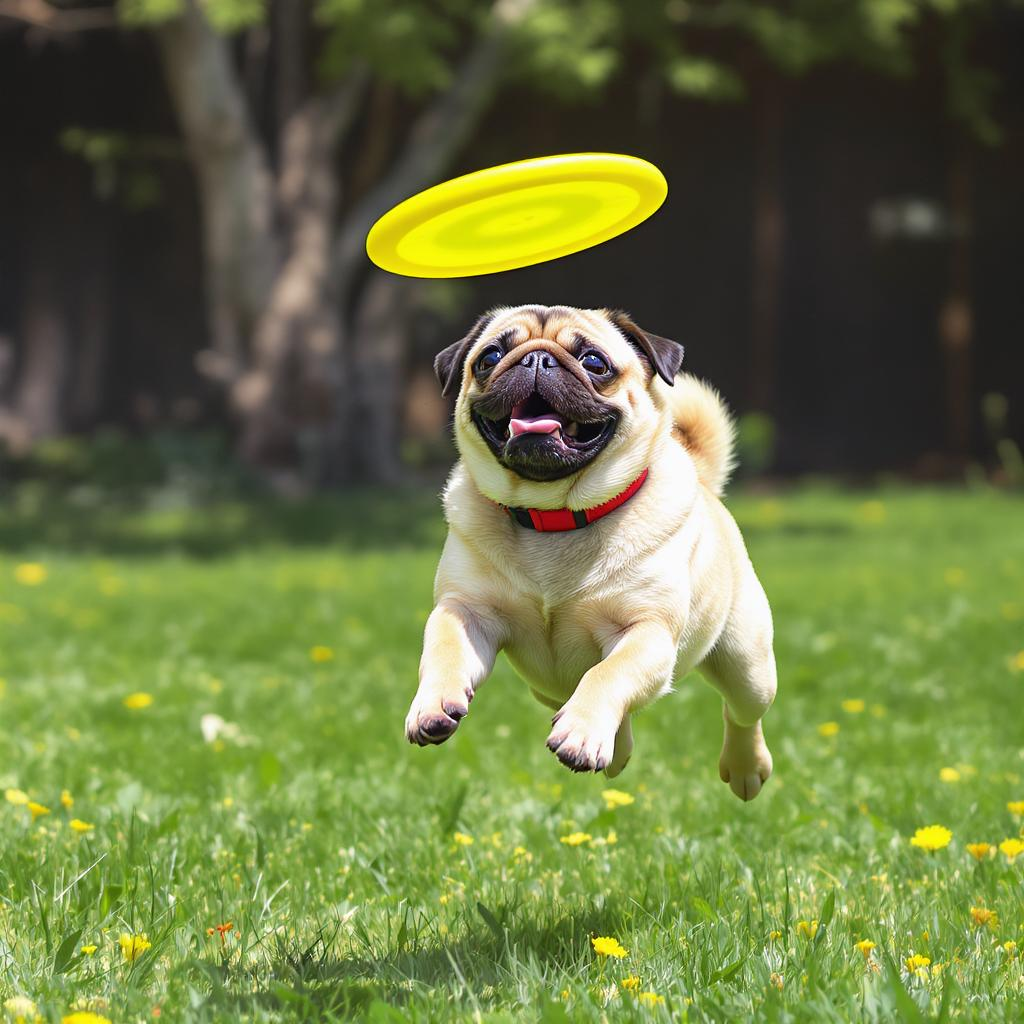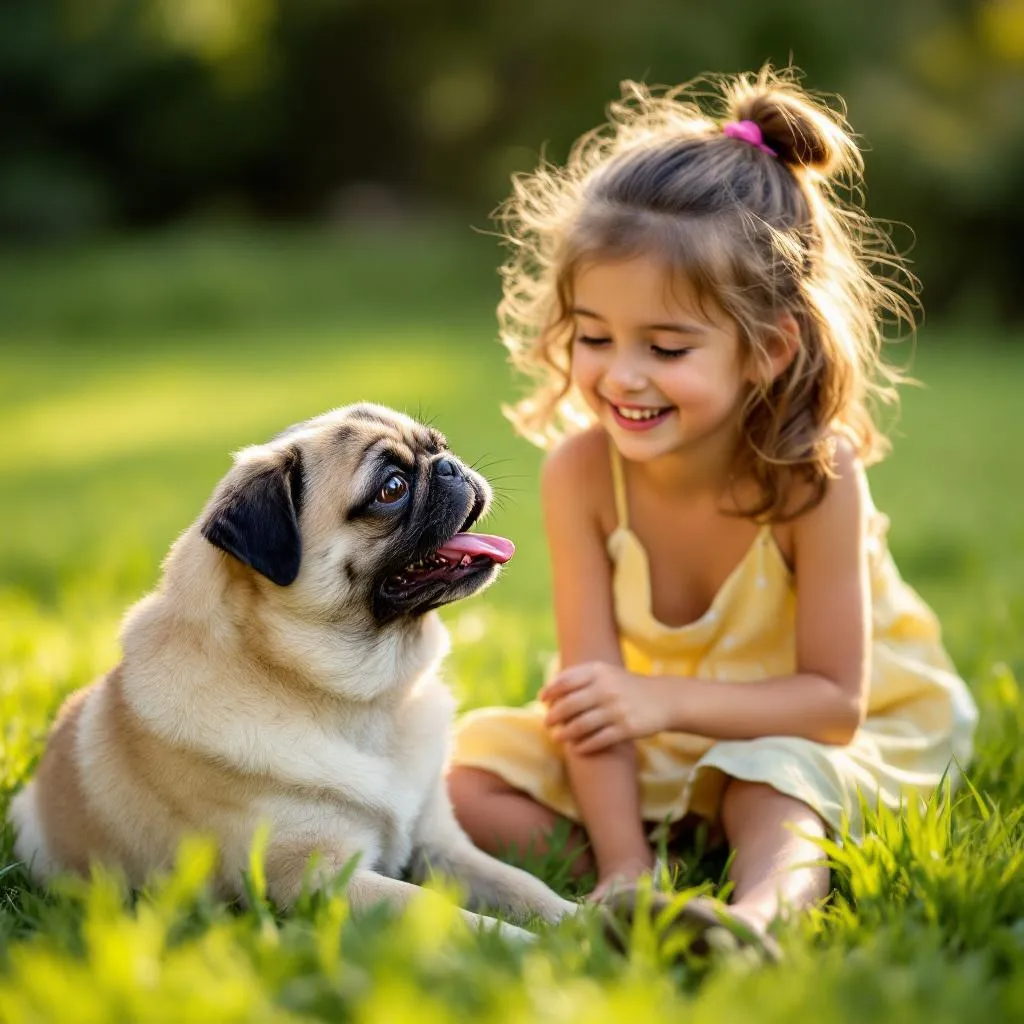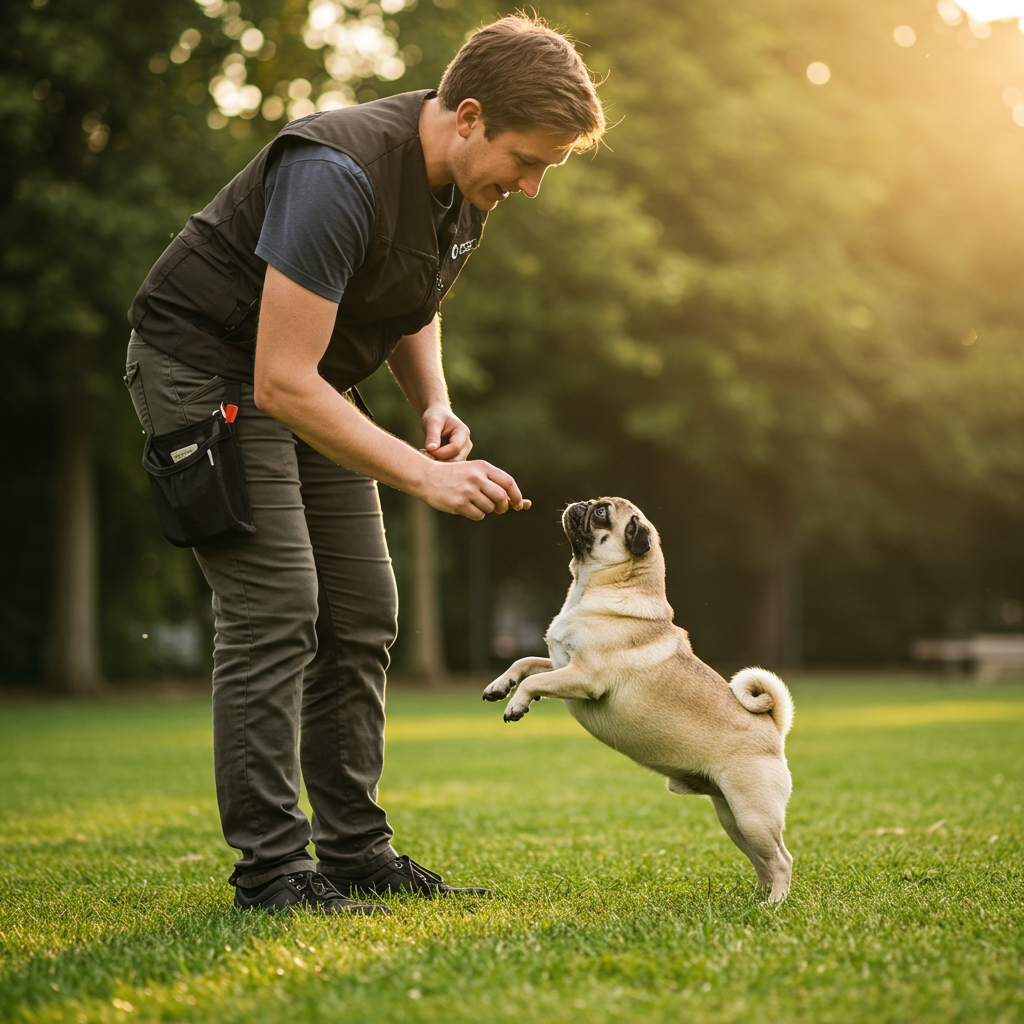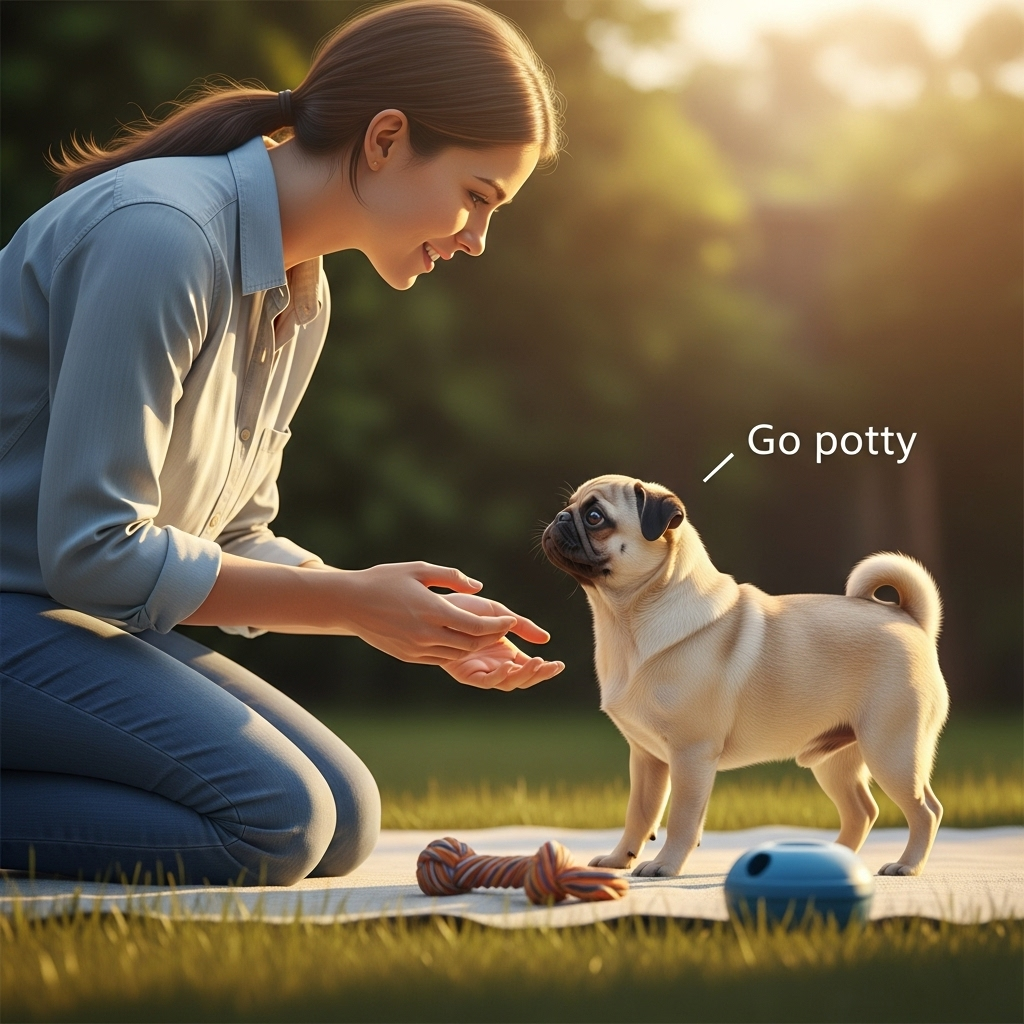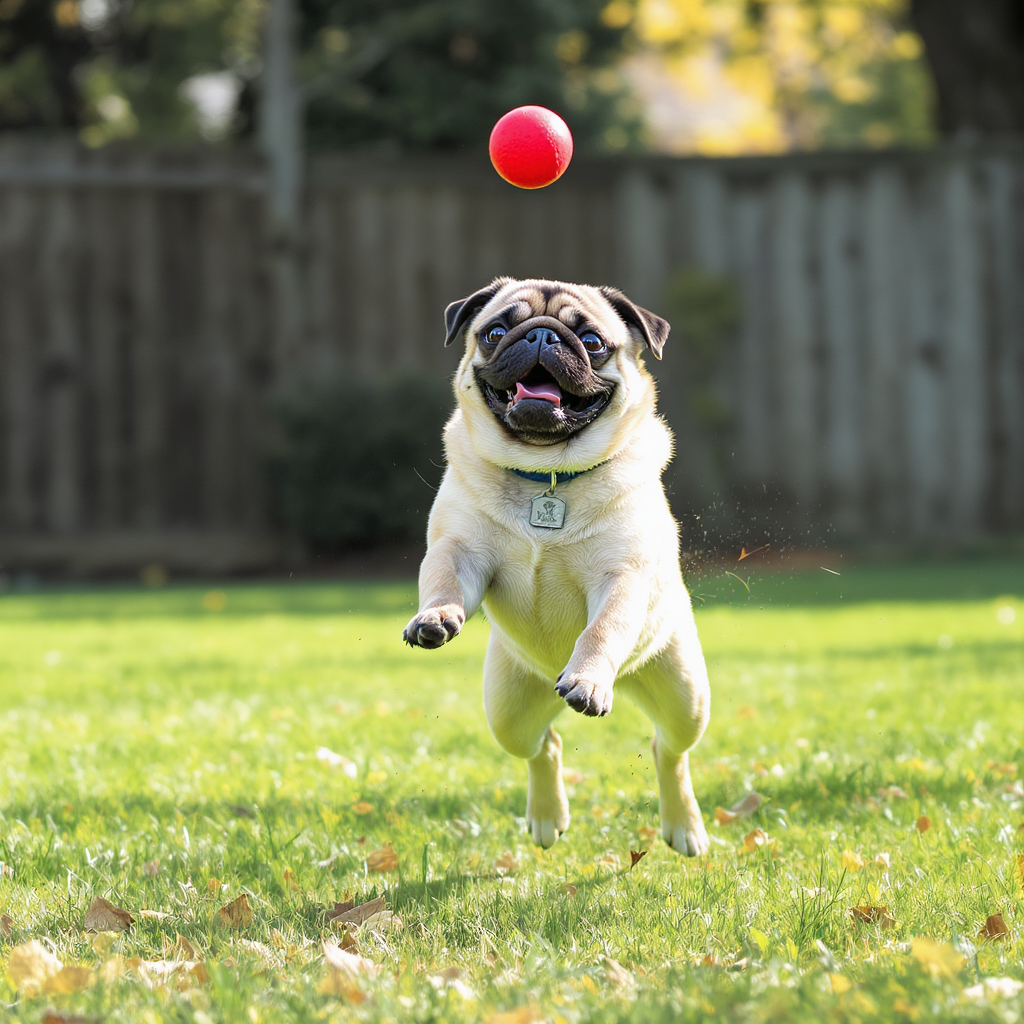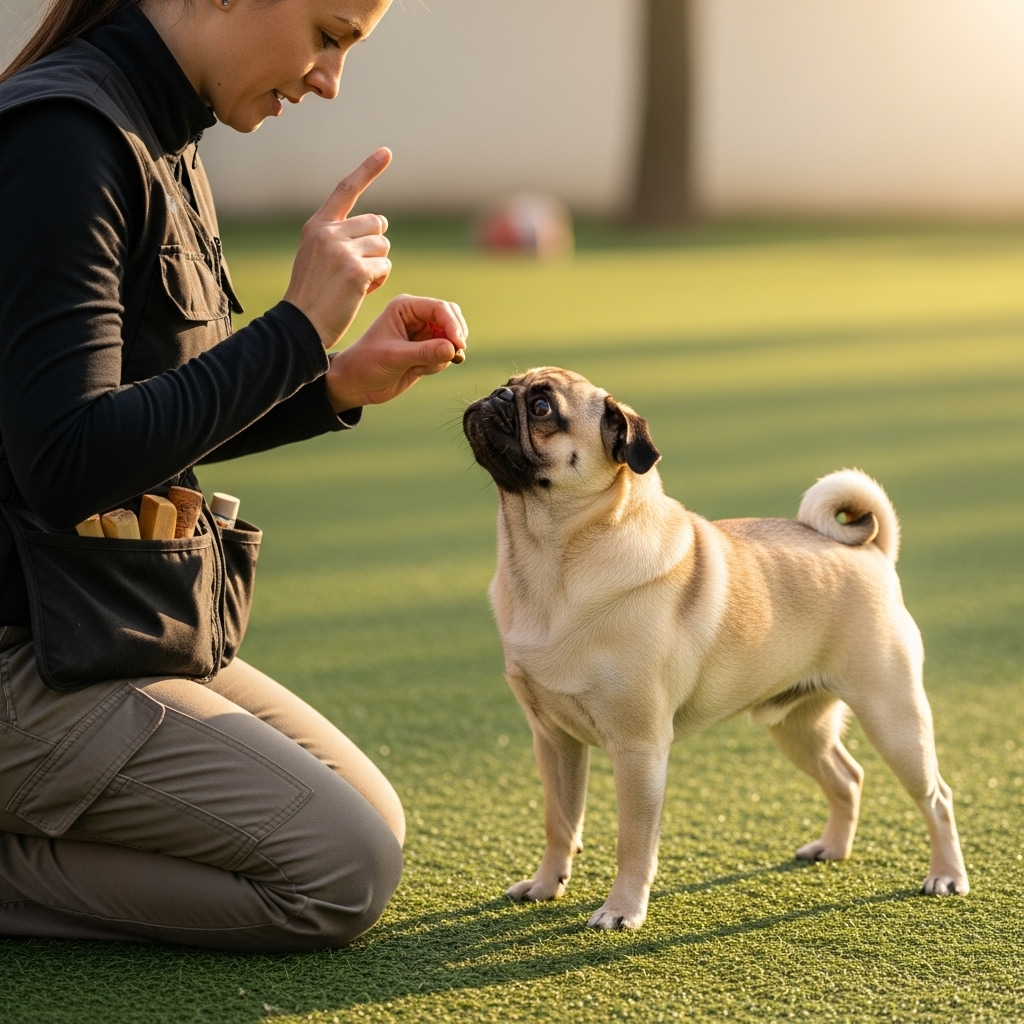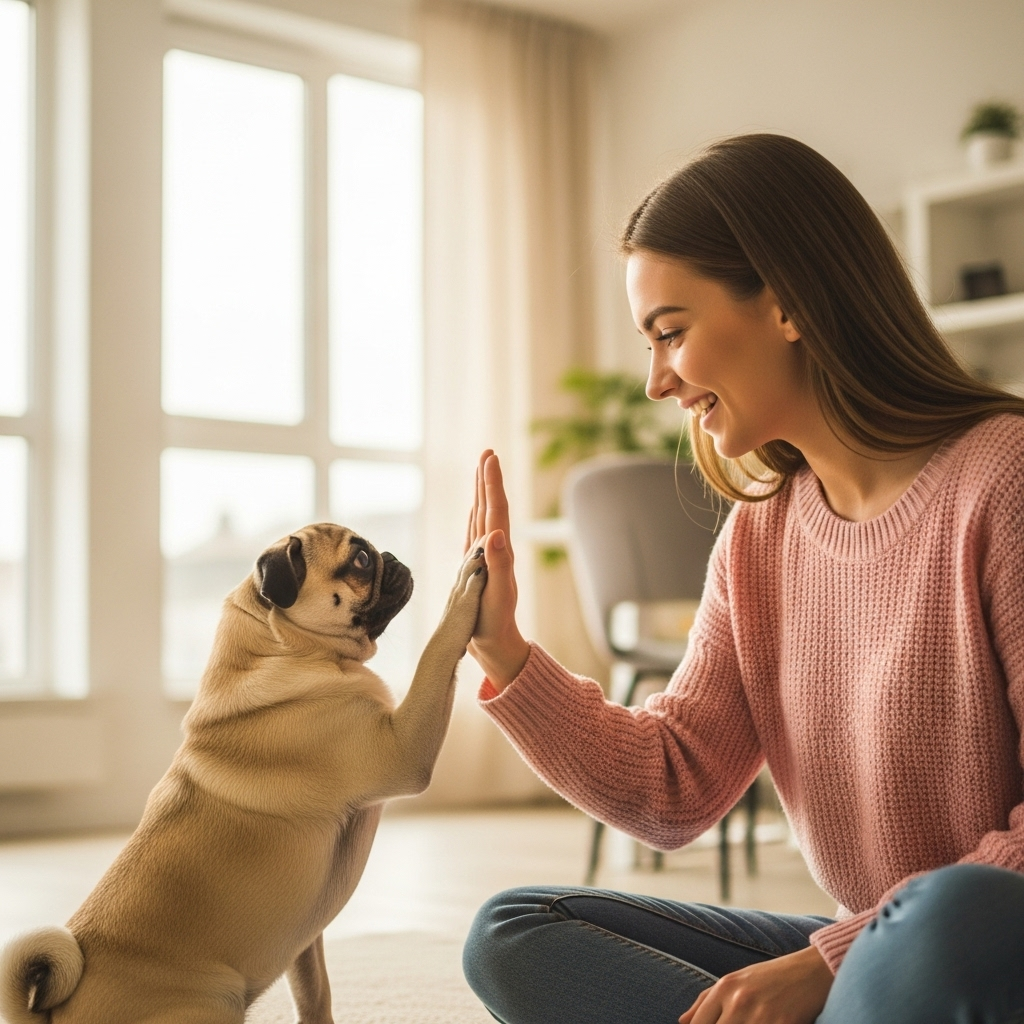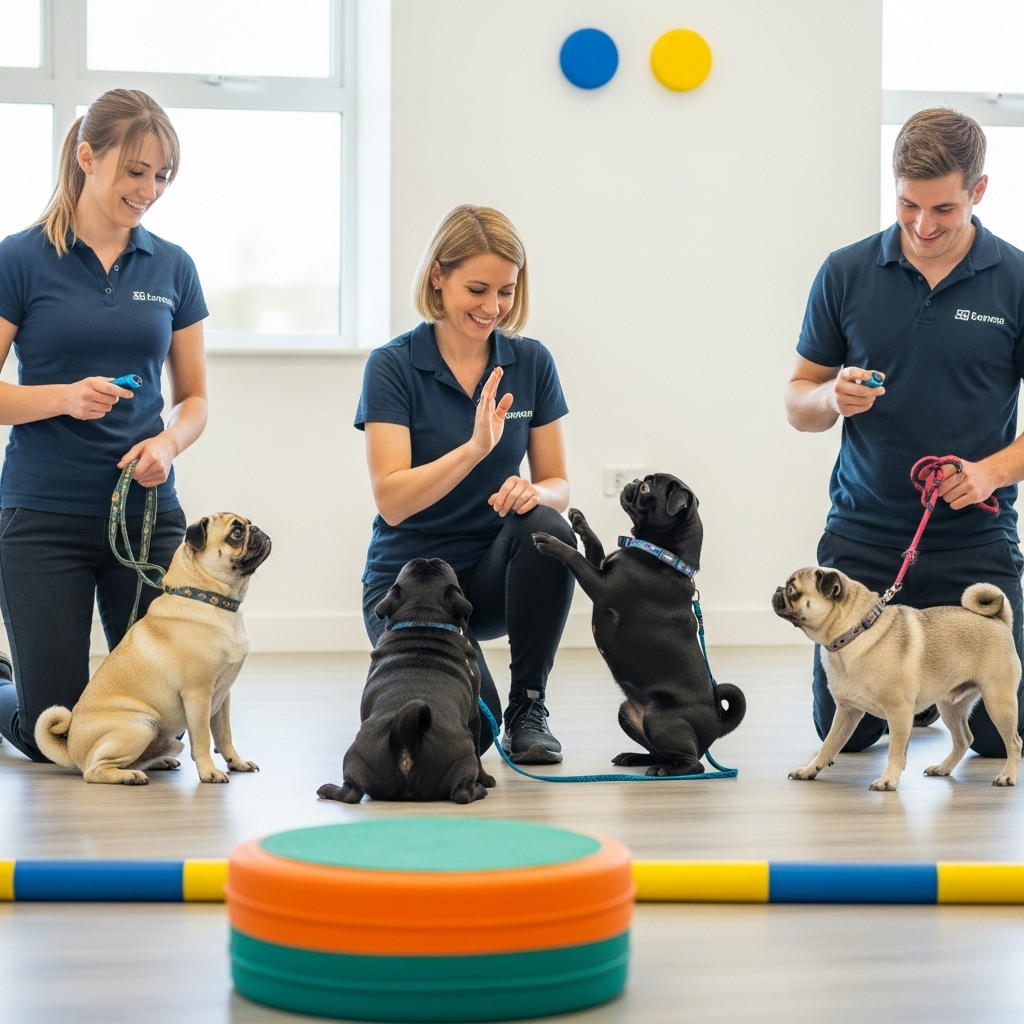The first time I noticed something was wrong with Max, it wasn’t dramatic.
There were no emergency sirens, no desperate barking — just a quiet shift in his energy. His eyes didn’t light up for his usual morning walk. He lingered by the door but didn’t wag his tail. And when I picked up his leash, he simply turned away.
That day changed everything for me as a pug parent.
If you’ve ever loved a pug, you know they have their own way of communicating — not with loud demands, but with snorts, sighs, and soft stares. They tell us things… but only if we’re paying attention.
This is the tale of how I nearly overlooked Max’s silent cries for assistance and how I was able to revive him by learning to listen intently. Along the way, I’ll share the simple but powerful changes we made, the lessons I learned, and the products that genuinely made a difference in his health and happiness.
The Challenge: When Breathing Became a Battle
At first, I thought Max’s heavy breathing was just part of being a pug. After all, that little piggy snort is half the reason we fall for them, right? But over time, his breathing became more labored. He’d wheeze after eating. He started refusing walks on warm days. And at night, he’d wake up coughing, trying to clear his throat.
I brushed it off for weeks. “It’s just the heat,” I told myself. Or, “He’s getting older.” But deep down, I knew something wasn’t right.
The real wake-up call came one summer afternoon. I’d just fed Max dinner and stepped away to clean the kitchen. Minutes later, I heard a strange hacking noise. I rushed over and found him hunched over, struggling to catch his breath. His food bowl was pushed across the floor, and his body trembled slightly as he gasped.
My heart sank. That was the moment I stopped making excuses and started looking for answers.
A Vet Visit I’ll Never Forget
The very next day, I took Max to our vet — a kind woman who has seen her share of pugs.
She paid close attention as I described the symptoms, which included heavy breathing, coughing, snorting, and sudden exhaustion. She was diagnosed with Brachycephalic Obstructive Airway Syndrome (BOAS), a condition that is very common in dogs with flat faces, such as pugs, following a brief examination and some mild sedation for imaging.
She showed me the X-ray. His soft palate was elongated. His nasal passages were narrow. The weight around his neck and chest was only making things harder.
And then came the moment that stuck with me:
“He’s not just out of shape,” she said gently. “He’s struggling. Every breath is work.”
I felt like I’d failed him.
Searching for Solutions: Breathing, Feeding, and Comfort
I was determined not to let Max’s condition define his life.
So, like all pug parents, I went down the rabbit hole of research, consulting blogs, forums, and veterinarians. I watched videos from other pug owners and even reached out to a few through Instagram.
Here’s what I learned:
While BOAS is partly genetic, there are practical things we can do to reduce its impact — including how our pugs eat, what they eat, and how we support their bodies.
The Game-Changer: A Simple Feeding Switch
One thing that kept coming up again and again was elevated dog bowls. It seems that when pugs eat from bowls that are at ground level, their throats compress and their necks bend awkwardly, making it even more difficult for them to breathe while chewing.
I immediately ordered the Pet Zone Designer Diner Adjustable Elevated Dog Bowl on Amazon. It’s stylish, adjustable (which is perfect as Max got stronger), and comes with two stainless steel bowls.
Within a week of using it, the post-meal coughing stopped. I couldn’t believe it. Max seemed more relaxed while eating, and he even had more energy after meals.
That bowl may have saved his life.
Supplements That Actually Helped
We also added Grizzly Salmon Oil to his food. Packed with Omega-3s, it supports healthy skin, flexible joints, and—most importantly for Max—lessens inflammation in the airways.
Here’s what we use now:
- 🐟 Grizzly Salmon Oil for Dogs: for coat luster, immunological function, and inflammation
- 🦴 Zesty Paws Mobility Bites: better walks and joint health
- 💨 LEVOIT Core Mini Air Purifier because his indoor breathing became worse due to dust allergies
These weren’t miracle cures. But together, they made daily life smoother. Max coughed less. Slept better. Walked farther.
Lifestyle Tweaks That Made a Big Impact
Here are the other changes we made:
🍽️ Switched to a Slow Feeder
We started using a slow-feeding dog bowl, which prevents gulping. This helped reduce air intake while eating, minimizing bloating and gagging.
🐾 Changed to a Breathable Harness
Collars were a no-go. We swapped his old collar for a no-pull mesh harness that puts no pressure on the trachea. Now, walks don’t leave him winded.
🌬️ Improved Air Quality at Home
Dust, pollen, and candle scents were triggers. We added an air purifier in the bedroom where Max naps. No more sneezing fits.
My Daily Wellness Routine for Max Now
Max is doing better than ever now — and our daily routine reflects the love and care that’s become second nature.
Here’s what we do every day:
- 🐶 Morning walk before it gets hot
- 🧼 Wipe his face wrinkles with dog-safe wipes
- 🍽️ Feed from elevated + slow-feeder combo
- 💧 Add Grizzly Oil to meals
- 🪥 Dental chews or brush 3x/week
- 🌿 Diffuse pug-safe essential oils (no candles!)
- 🩺 Regular vet checkups every 6 months
These aren’t just chores. They’re love in action.
What I Wish Every Pug Owner Knew
If I could go back and whisper one thing to myself before Max’s health scare, it would be this:
Listen with your heart, not just your ears.
That slow walk? That skipped meal? That slight change in breathing? It’s communication. And it’s often the only way our pugs can tell us something’s wrong.
By tuning in early, we can prevent so many bigger problems.
Red Flag Symptoms You Should Never Ignore
Here are the signs I now watch for — and you should too:
- Heavy breathing at rest
- Frequent reverse sneezing or coughing
- Reluctance to walk or play
- Snoring louder than usual
- Gagging after meals
- Constant scratching or ear shaking
- Discharge from eyes or nose
- Lack of appetite or energy
When in doubt, always see your vet. You won’t regret being cautious.
Final Thoughts: You’re Not Alone — And You’re Doing Great 💛
If you’re reading this, chances are you’re like me — someone who adores their pug and wants to do everything right.
The fact is that you’re doing fantastically already. You’re showing up. You’re learning. You’re listening.
The day I truly listened to Max changed our lives. Not because I had all the answers, but because I was finally asking the right questions.
I know because I have been there: even minor adjustments can have a big impact on a pug’s life.
💡 Quick Recap: Life-Changing Products We Use
- 🥣 Elevated Dog Bowl – for easier breathing at mealtime
- 🐟 Grizzly Salmon Oil – for skin, joints, and immunity
- 🐾 No-Pull Mesh Harness – better walks without choking
- 🧼 Dog Wrinkle Wipes – prevent skin fold infections
- 🌀 LEVOIT Air Purifier – reduce allergens at home
- 🦷 Dental Chews – fresh breath, fewer vet cleanings
🐾 Want to Help Your Pug Live Their Best Life?
👉 Start with one change. Pick something from above. Observe. Adjust. Repeat.
And most of all — listen.
Your pug is telling you more than you think.
P.S. If this story helped you, please share it with a fellow pug parent. You never know who might need a little extra guidance, comfort, or hope today. 💛



